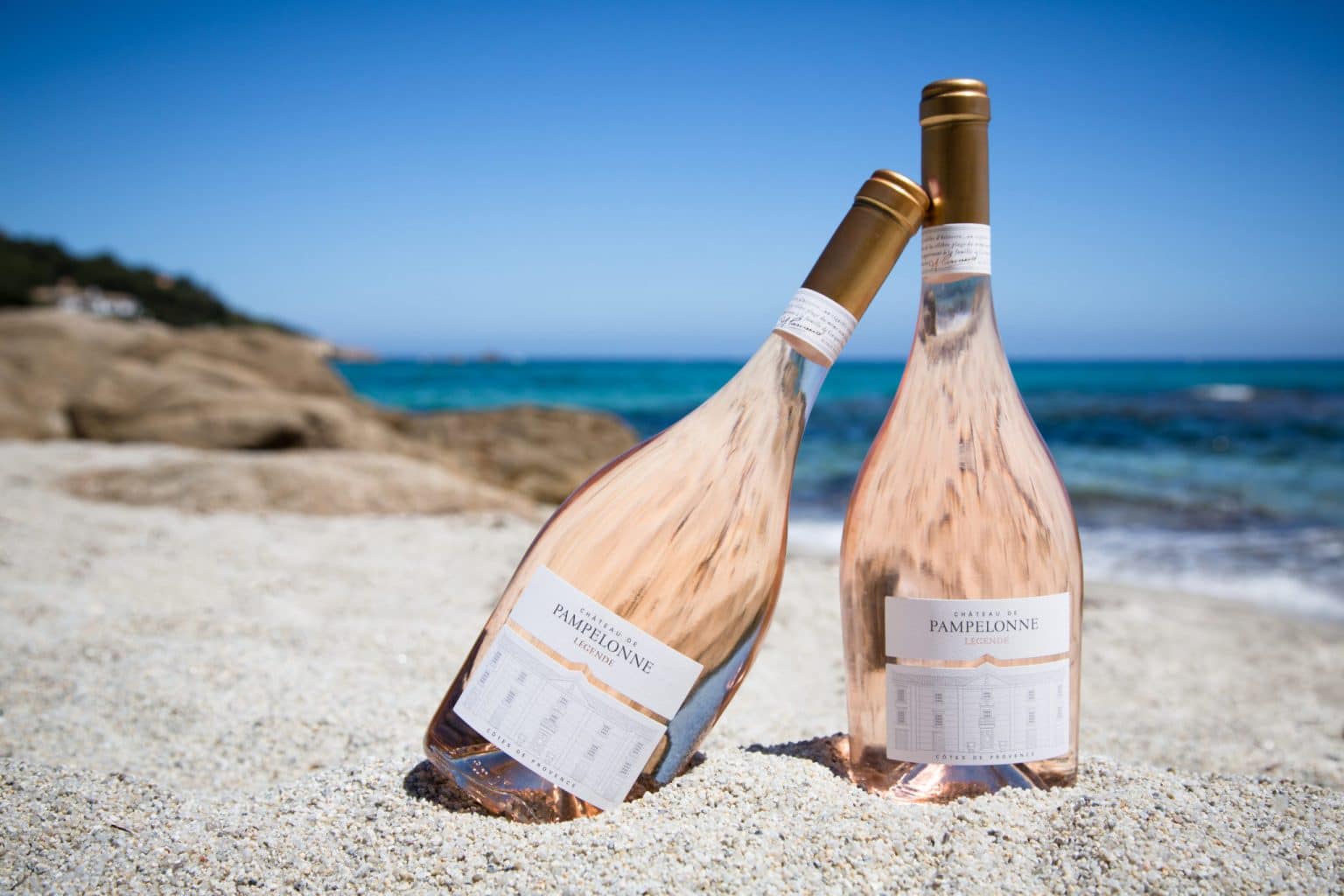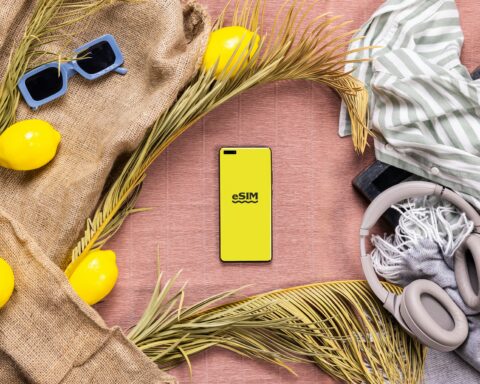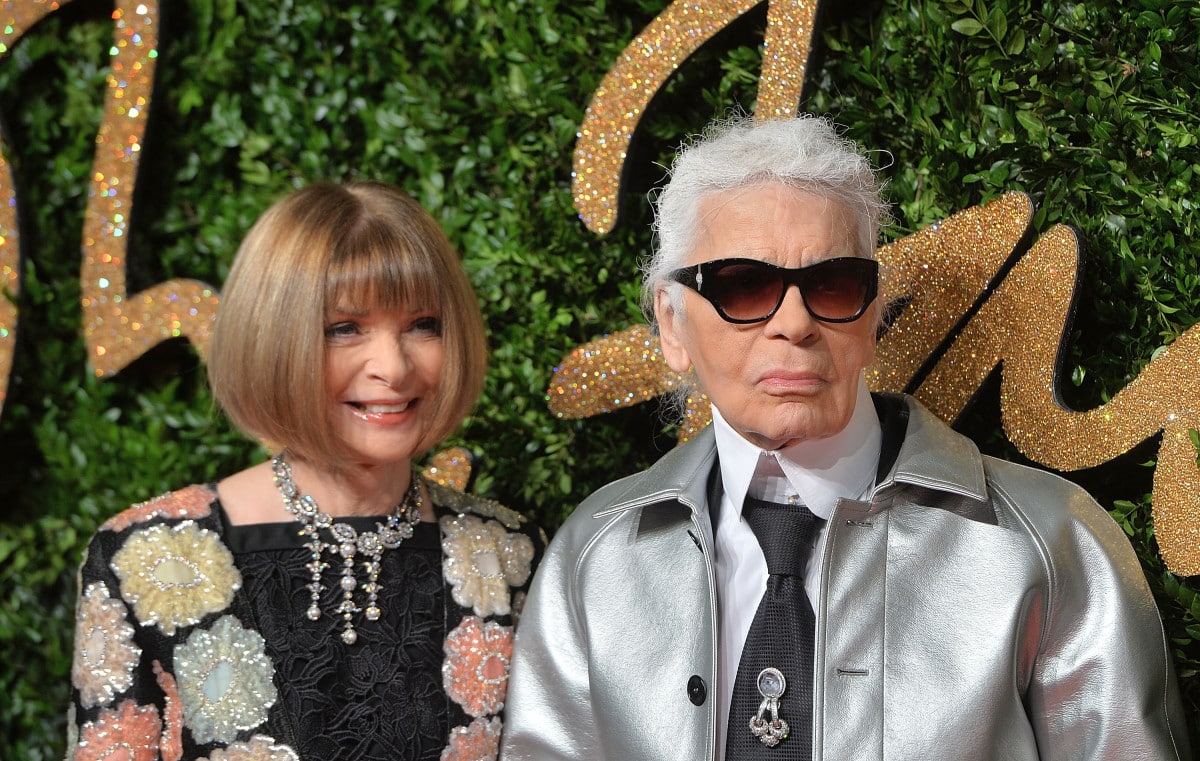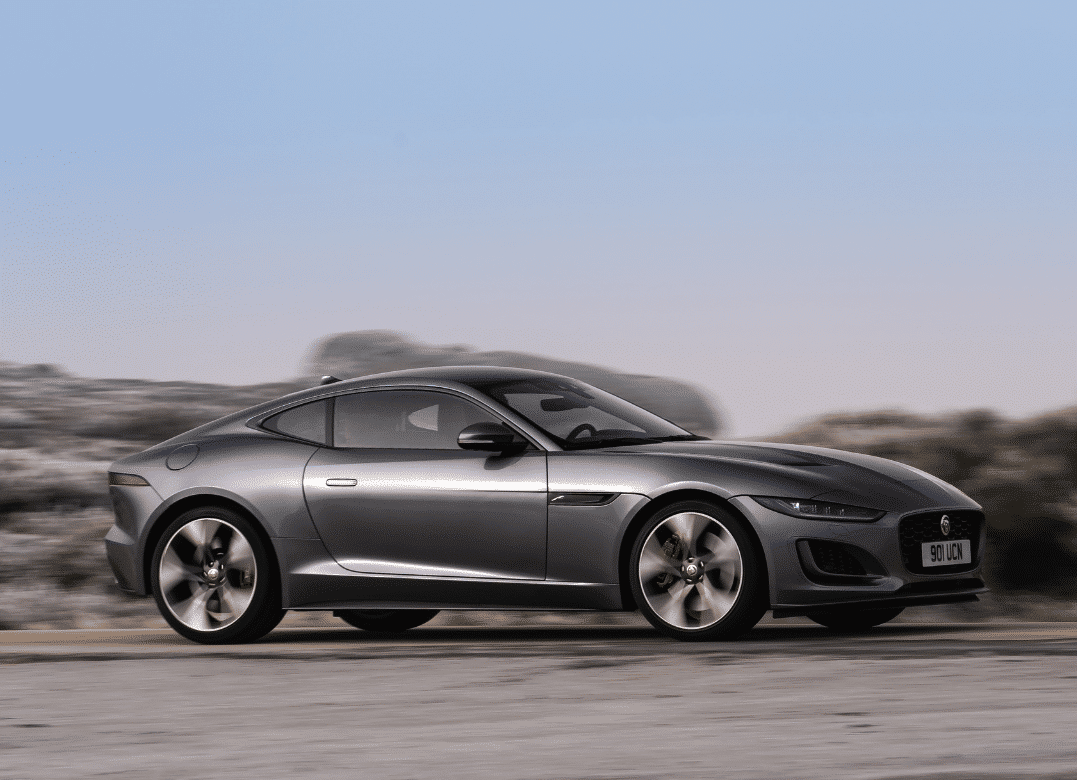Long considered a “secondary” wine, rosé is making its appearance on the most chic tables and seducing the international market. A story of revenge.
With the reputation of giving a headache, rosé wine had its place on the table of the guests only if it was accompanied, but that was before. “Rosé has become trendy, ”Instagrammable” explains Brice Eymard, general manager of the Conseil interprofessionnel des vins de Provence (CIVP), this association brings together winegrowers and merchants of the appellations Côtes-de-provence, coteaux d’Aix-en-Provence and coteaux varois in Provence, some 26,000 hectares.
The first vines were planted in the region by the Phocaeans, founders of Marseille, 2,600 years ago and the Romans then extended the vineyards throughout Provence. Originally, and until the Middle Ages, all the wines were very clear and in the 17th century, when other regions turned to red, Provence chose to remain faithful to the rosé. Today, it still represents 91% of the region’s production. “Rosé has always been made in Provence” confirms Eric Pastorino, president of the CIVP. “It corresponds to the place and the climate. We’ve always wanted to have a wine that could be drunk cool.”
But at the time, most wineries were content to produce a wine of average quality. “You have to admit that forty or fifty years ago, our wine sometimes gave you a bit of a headache,” admits Eric Pastorino. “Fortunately, emblematic, committed and passionate winemakers fought to improve the quality.”
International success
France is now the undisputed leader in rosé, the leading consumer country (35% of world consumption) and producer (34% of world production). Its consumption has increased by 35% in fifteen years and one out of three bottles of wine consumed in France is a rosé.
Internationally, the French rosé and particularly the wine of Provence, enjoys a premium image. “The appellation “vins de Provence” is a powerful marketing standard-bearer, synonymous with terroir, know-how and culture,” confirms Brice Eymard. “In the U.S., our price is between $15 and $20 a bottle versus an average price of less than $10.”
“For export, the transport sector is complicated because of the global crisis. But we remain optimistic, there is a real potential for growth.” he adds. This definite potential is driven by the interest of stars in the vineyards of Var, the latest example of which is the Australian singer Kylie Minogue and her partnership with Château Sainte-Roseline in Les Arcs. “She sells 5 million bottles worldwide,” explains Aurélie Bertin, owner of the vineyard. “It is a real business that she has been developing for several years and not a whim. She came to the estate for several days, to understand and meet the teams. She got involved in the blending and she has a very definite idea of what she wants: something girly, very aromatic.”
Voir cette publication sur Instagram
This glamorization favors the rosé market, which sees 42% of its production go to export, compared to less than 10% 10 years ago. Between 2010 and 2018, the sale of red wine in supermarkets has declined to 108 million liters when the rosé is + 53 million liters (+7.2 million for the white).
A question of generation
“We are witnessing the birth of a new wine, breaking with all the classic codes of red wine,” explains Thierry Lorey, head of the chair and marketing professor at Kedge Business School. “Rosé is drunk chilled, outside of meals, during unstructured aperitifs, for ‘pleasure’ consumption.”
Between 1980 and 2010, wine consumption in France was divided by two, with drinkers becoming less regular and more occasional. This is due to the generational shift, as the millenials are coming into action, and they associate wine with relaxation, immediate pleasure and shared with friends.
The big brands have understood this and are betting on this elixir. Bernard Arnault, president of LVMH, has done things in a big way and is buying up where he sees an opportunity: Château du Galoupet, Château d’Esclans… For its part, Pernod-Ricard has just acquired Château Sainte-Marguerite. There is still plenty of rosé to be found on tables in France and around the world!
Read also > A SHORT HISTORY OF LUXURY: RUINART AND THE ARTISTS
Featured photo : © Château de Pampelonne




















